Easy Crystal Infused Rose Water Recipe

This post may contain affiliate links for products I love and recommend.
In this week’s tutorial, we are going to make an easy crystal infused rose water recipe.
I have absolutely loved adding this simple rose water recipe to my daily beauty routine. It’s so simple to make in bulk, feels incredibly refreshing, and includes several impactful benefits for your skin.
To add rose water to your routine, just spray it on your face right before you use anything else. Use it before any serums, moisturizers, etc. Have this be the very first thing. Then throughout the day, it’s also a really great quick pick me up.
Rose water toner benefits
I want to start this week’s tutorial a little bit different and go into the benefits and why this may or may not be a really excellent thing to add to your beauty routine. Rosewater is naturally really high in vitamin C and contains lots of natural antioxidants, which are incredibly good for your skin. In addition, this rose water recipe is an excellent, natural treatment for several conditions including:
Rose water for oily skin
According to Healthline.com, rose water helps if you have naturally oily skin. Its natural antiseptic properties help calm the skin and prevent future breakouts while simultaneously reducing present ones.
Rose water for acne
If you’re prone to breakouts or maybe are in your teenage years, this rose water recipe can be really impactful because it won’t dry your skin out the way store-bought treatments will. It’s natural antiseptic properties help reduce excess sebum from forming and naturally reduces breakouts.
Rose water for rosacea
According to a 2011 study, rosewater is an excellent treatment for rosacea because of its anti inflammatory properties.
Rose water for open pores
Because it is naturally rich in tannins, this rose water recipe has a natural tightening effect on your skin making it a really excellent (but also incredibly gentle) astringent.
Rose water for sensitive skin
When it comes to the pH levels of your skin, rosewater can also be highly beneficial due to it’s natural PH levels.Your skin naturally sits between 4.1 to 5.8 on the pH scale. Rose water sits at 4.0, meaning it is a lot less likely for your skin to have a negative reaction to it or have breakouts s a result.
Rose water for hair
I also love using it in my hair, especially for wet styling at night before I go to bed and just having it be part of your regular routine.
So without further ado, let’s dive into the tutorial to create this rosewater. I really wanted to keep it simple and use items that you likely had on hand.
Homemade Rose Water Supplies:
- Glass bowl
- Glass Spray Bottles
- 1 bouquet of organic roses
- Large rose quartz
- French Press
- Citric Acid
How To Make Rose Water at Home
To begin, just take a glass bowl and place it inside a large pot. That way, we have a hollow space in the middle of your pot.
Next, we’re going to take our rose petals and either peel each petal off individually and place them around the perimeter of the glass bowl. Or, you can take a faster method and hold your fingers at the base of the rose and lightly twist. This helps the entire rose bud come off in one piece. Regardless of which method you choose, remove the petals from the whole bouquet of roses and very gently press them in between your pot and my glass bowl.
For this tutorial, I’m using a dozen red, organic roses that I got from the grocery store. However, you can also use roses from your garden. I’ve seen rose water made with as little as three roses and it’s worked excellent. For today, I want to make a highly concentrated, impactful rose water. To accomplish this, I’ll go ahead and use the entire bouquet.
Next, pour some distilled water in between the glass bowl and into your pot, soaking the roses. Pour about five cups total. Basically, be sure that your water is covering your rose petals and your rose petals are wet. Now I’m going to take my rose quartz and I’m gonna place it in my glass bowl.
Rose Quartz Meaning
The purpose of this is two-fold. First, this process is going to make the rosewater crystal-infused with self-love and all the fun properties of rose quartz. It’s also going to keep your glass bowl from moving around as the water beneath boils.
Next, put the lid of your pot on upside down, and then fill the lid with ice. What this does is help create even more steam. It’s important because it makes your rosewater more concentrated as aa result of a bigger temperature difference. Keep this simmering on medium heat for about 15 minutes.
After 15 minutes, you should be able to see some rich color through the glass lid. Turn off the heat and let the pot cool before removing the rose quartz and the glass bowl. There will likely be water inside the glass bowl- where the rose quartz was placed. You can pour that water out because likely it’s just fallen through the top of the pot-lid from the ice.
Next, we’re going to take a coffee French Press to separate and strain our rose petals. I really love this method because it’s quick and easy, not messy at all. And when you’re done, your rosewater is already in a picture which makes for a lot easier pouring. Plus it makes it really simple for you to use some pressure with your hand. So you can really squeeze those rose pets and get any last nutrients and pigment and all that good stuff out of it.
Tip: Be careful in this pouring process because your rose water is likely still hot. It’s totally fine to work with while it’s still warm- Just be sure it’s not going to burn you.
From here, we’re just going to use our French Press pitcher to gently pour the rose water recipe into glass bottles. I snagged these Glass Spray Bottles on Amazon and am super happy with them. They are a nice, large size and I was able to fill three bottles using this single rose water recipe. Just be sure to leave about 1″ of space at the top of the bottle.
How to preserve homemade rose water
Finally, it’s time to preserve it so your homemade rose water lasts longer. In order for us to preserve it, we’re going to use the space you left at the top of your glass bottles to stir and shake it for mixing.
To preserve your homemade rose water, use a very small amount of Citric Acid. Just 0.1% of Citric Acid lowers the pH of your rosewater, making it uninhabitable to microbes. On its own, rosewater can be prone to mold, bacteria, and yeast. The Citric Acid is also the best preservative if you want edible rosewater for cocktails or cooking.
Add a very small amount just to the top of my rosewater containers before closing the Glass Spray Bottles and shaking to stir.
Now your homemade rose water recipe is complete! Thank you so much for joining me for this tutorial. I hope you loved it and learned a lot. I’m so excited to hear how this project turns out for you.
To use your rosewater for beauty purposes, just spray it on your face before any serums or moisturizers. This is going to be the very first layer on your skin. aYou can also use it on your hair.
Enjoyed the project?
The author may collect a small share of sales from the links on this page.

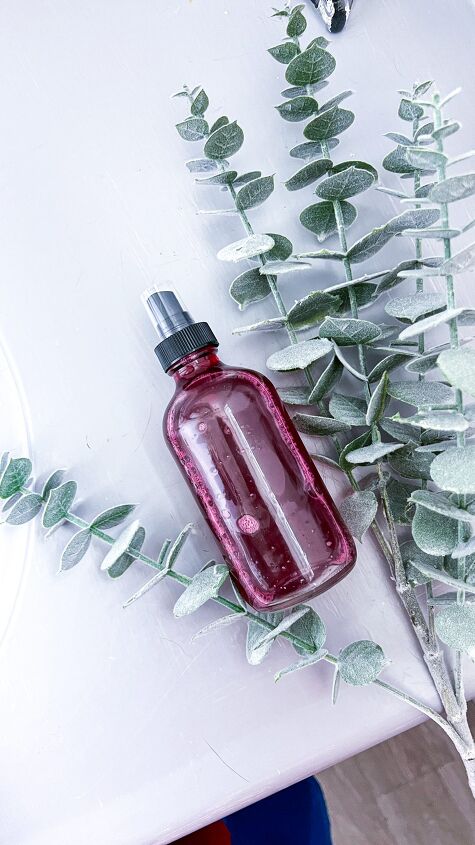











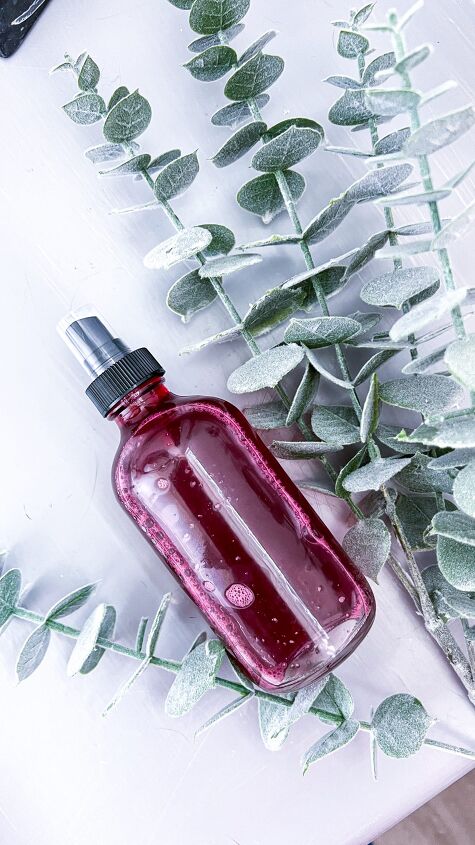
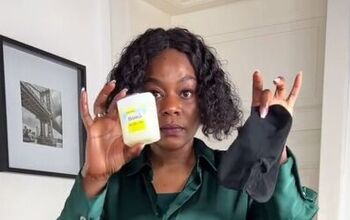
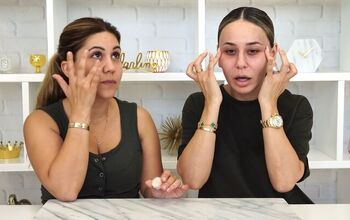
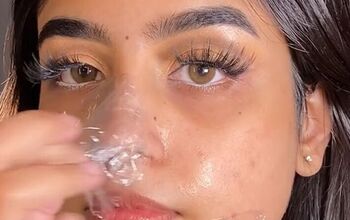

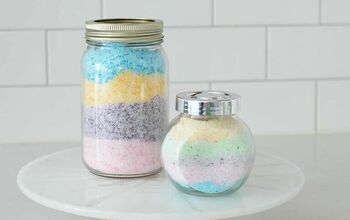
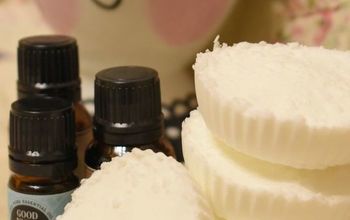
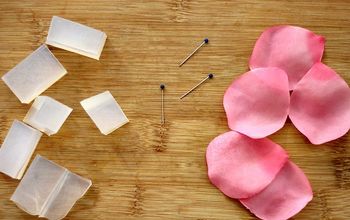


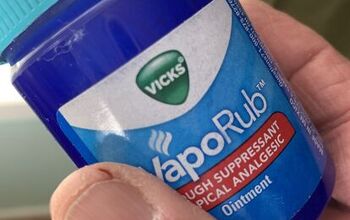
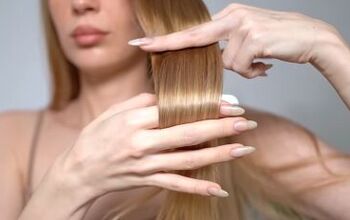
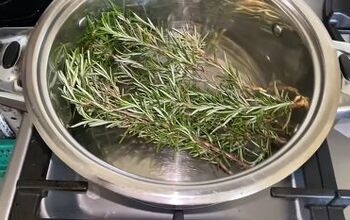



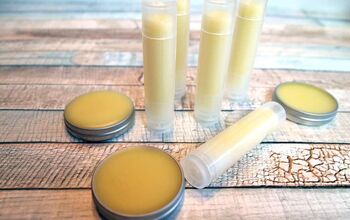

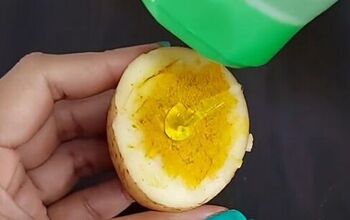
Comments
Join the conversation
Love this thanks! Wonderful great hunk of rose quartz too :)